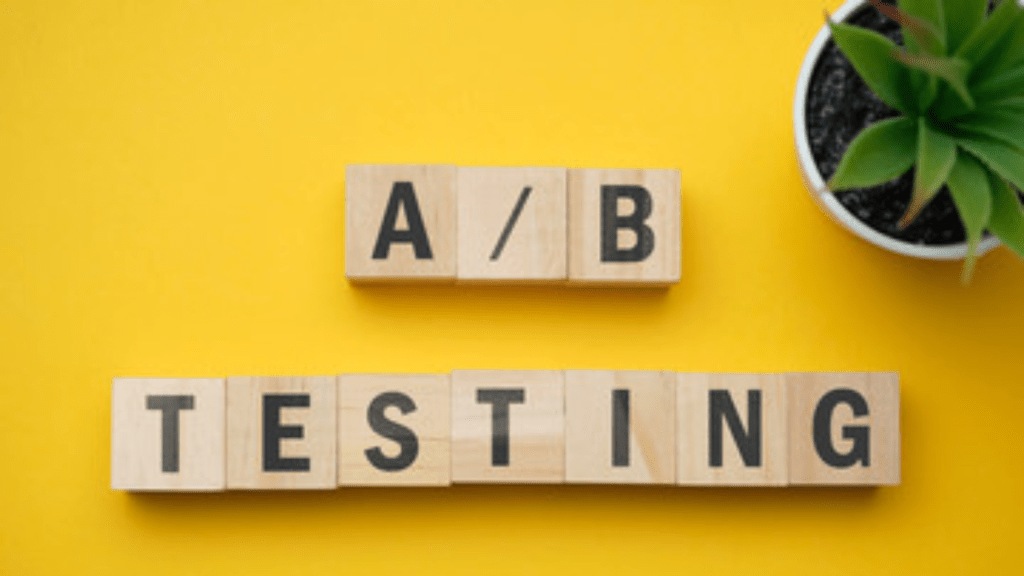A/B testing, also known as split testing, is a method used in marketing to compare two versions of a marketing asset to determine which performs better. This technique involves creating two variants, typically labelled A and B, of the same element, such as a webpage, email, or ad. These versions are presented to different segments of the audience to measure their response and identify which version achieves the desired outcome more effectively. 67% of survey participants were using e-mail marketing solutions and the same share used an A/B testing tool, as per market research firm Statista.
In A/B testing, a company might test different headlines, images, or calls to action (CTAs) to see which variation drives more engagement. For instance, a brand running an email marketing campaign could create two versions of the same email, changing only the subject line to see which one results in more opens or clicks. By sending version A to one group of recipients and version B to another, the company can compare the performance of the two versions based on measurable data, such as click-through rates or conversion rates.
The primary goal of A/B testing is to make data-driven decisions that lead to better marketing outcomes. It removes the guesswork from choosing which design, copy, or layout will be more effective by using actual user behaviour as the basis for decision-making. A/B testing is not limited to large-scale campaigns; it can be applied to various aspects of marketing, from small tweaks in design to major overhauls of a landing page or advertising strategy.
One of the key benefits of A/B testing is its ability to increase conversion rates. Marketers can optimise campaigns to drive more sales, sign-ups, or engagement by continuously testing and refining different elements. For instance, a company running an e-commerce website might test two versions of a checkout page to see which design results in fewer cart abandonments. Over time, these incremental improvements add up, leading to significant gains in overall performance.
Another advantage of A/B testing is its ability to reduce risk. Instead of launching a full-scale marketing campaign based on assumptions or intuition, marketers can test different options on smaller segments of the audience. This allows them to see how changes affect user behaviour before rolling out the most effective version to a broader audience. This approach minimises the risk of launching underperforming campaigns and ensures that marketing efforts are grounded in real data.
A/B testing is also a valuable tool for improving user experience. By testing various elements, marketers can learn what resonates best with their audience, leading to more personalised and relevant interactions. For example, testing different layouts, colour schemes, or CTAs on a website can help identify the design that results in the highest level of engagement, ultimately improving the user journey and increasing satisfaction.
The process of A/B testing typically involves several steps. First, the marketer must define the goal of the test, whether it’s to increase clicks, improve conversion rates, or enhance user engagement. Next, a single variable is chosen to test, such as a headline, image, or CTA. The two versions are then created, and the audience is divided randomly to ensure an unbiased comparison. After the test is run for a set period, the results are analysed to determine which version performed better. Finally, the winning version is implemented across the campaign.

